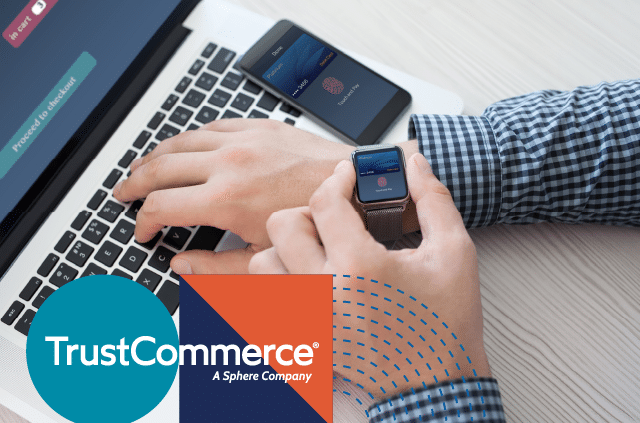There are many factors to consider when it comes to delivering the ideal payment methods and features for your customer. While often companies are tempted to embrace the latest tech, it is much wiser to tailor the payment experience you provide to the ones your customers prefer — an aspect often influenced by generational preferences.
While it’s true that many of the gadgets and technology we use today have existed since the year 2000 (such as the internet, the mobile phone, social media, the list goes on), the way we use them and our reliance upon their usefulness has changed dramatically. All generations existing today have at least somewhat adapted to the digital world as it has developed over decades, but there are some differences in the degree of comfort with digital payment technology options. Advances in payment technology have decreased our reliance on cash, causing a generation gap in payment methods that is now influencing consumer behavior.
Baby Boomers (Born 1946-1964)
While many stereotypes about Baby Boomers exist in the media regarding their aversion to technology, this may not be the case. According to the 2023 Digital Shopping Index, nearly half of all Baby Boomers use digital shopping and payment technology enough to be considered part of the digital mainstream. While Baby Boomers are still more likely than younger groups to use traditional forms of payment such as paper checks, their adoption of digital payment methods is gaining ground. The main difference between Boomers and their younger counterparts is that they prefer to use websites to pay rather than mobile payment options.
Generation X (Born 1965-1980)
While often forgotten between the two largest generations, Boomers and Millennials, Gen Xers, (now aged 43-58 years old), are in the prime of their careers and have significant spending power. Gen X is the last generation comfortable with both the analog and digital worlds, as well as the oldest generation that is highly willing to share sensitive financial information online or through mobile apps. According to a recent study from Worldpay from FIS, 62% of Gen Xers find contactless payments the easiest to use, although they are still comfortable with traditional payment methods, particularly credit or debit cards.
Millennials (Born 1981-1996)
As the large population from the “baby boom” after WWII begins to thin out, Millennials make up the largest percentage of the population in the US, with an estimated 72.24 million members. According to the Generation Pay study, Millennials far prefer online and contactless payments over traditional payment methods, especially due to lifestyle changes imposed by the pandemic. 41% of Millennials are comfortable with having their payment details stored online, and 33% report that the ability to pay via mobile apps influences their shopping decisions. Finally, 53% of Millennials said that it is “important or very important” that retailers demonstrate payment security prior to any contactless payment.
Generation Z (Born 1997-2012)
As the most racially and ethnically diverse of all the existing generation groups in the US, Generation Z is expected to also be the most well-educated. World Pay’s Generation Pay describes Gen Z as “the experimental shoppers” as they are more likely to prefer contactless payment methods, with 47% saying they would like to see contactless payment options increase. Their preferences for no-hassle payments are expected to continue, and even increase, with 49% of respondents saying they would be interested in walk-out or check-out free payment technology experiences—the highest of any group surveyed.
How is your organization preparing to offer a robust selection of payment methods as payment preferences continue to evolve? TrustCommerce has the solution to deliver a simple, secure, and seamless digital payment experience to users of all ages.






